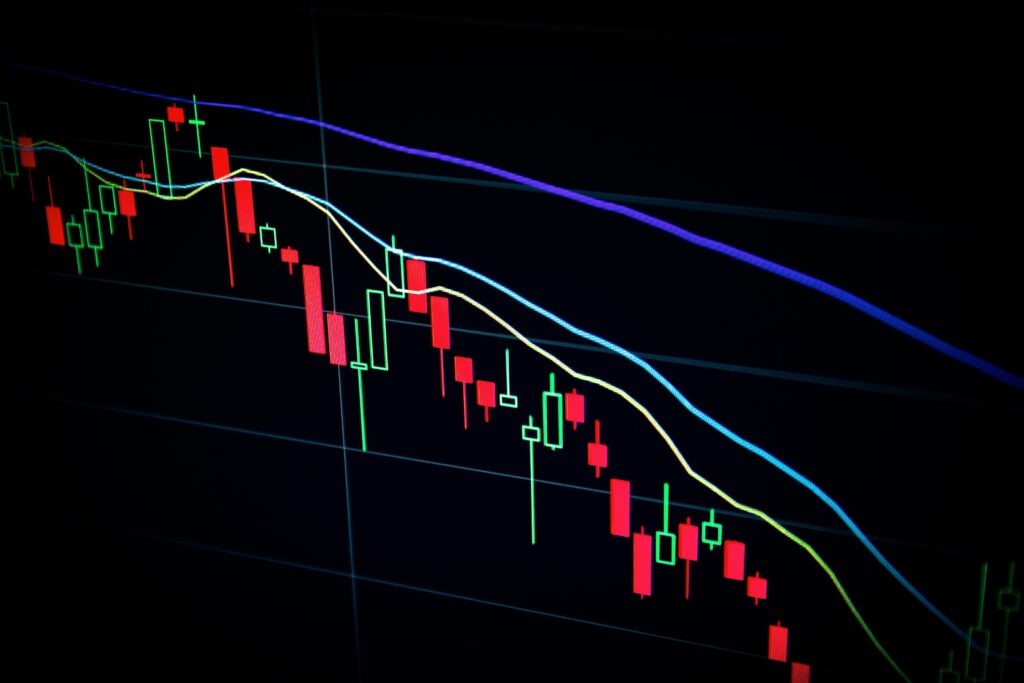For decades called the ‘balanced’ portfolio, the 60-40 portfolio allocation of 60% to stocks and 40% to bonds served as the quintessential go-to for stable growth, income, diversification, and inflation protection. It worked wonders in the decades leading to the dot-com bubble, known as one of the worst financial events for now-seasoned investors.
Yet the 60-40 portfolio persists even after the Global Financial Crisis despite a 2022 negative return of -18%, reminiscent of the -22% crash of 1937. What’s next for 2023?
This article delves into the pitfalls of the hallmark 60-40 portfolio, what went wrong, and what we can do moving forward into the post-pandemic era of high rates and high inflation.
What Is a 60-40 Portfolio?
Again, the 60-40 portfolio is an industry-standard investment strategy that allocates 60% of the portfolio to stocks and 40% to bonds. This asset allocation is based on the idea that stocks have the potential to generate higher returns over time but also carry higher risk and volatility relative to bonds.
Stocks, in general, remain closely tied to the overall health of the economy. Periods of low rates elevated consumer sentiments, and increasing supply orders in a smoothly functioning supply chain–suggesting expected demand–tend to bode well for stocks.
Stocks, therefore, represent the ‘growth’ we want in a portfolio and can perform well if timed well with an increasing trend or theme. For example, electric vehicles and climate change represent two persistent investment themes despite the Covid-19 pandemic.
Bonds represent the base ‘income’ necessary for a more conservative investor, such as an individual saving for retirement or for a child’s college plan. In theory, it all works well on paper so long as the two asset classes are uncorrelated.
Why Correlation Matters
Should their correlation turn positive, which was the case for 2022, then bonds present an inordinate amount of risk for an insufficient amount of return. In other words, the risk-reward ratio initially used to create your portfolio is now out of balance.
Bonds follow the negative trajectory of equities typically when rates are rising on the back of high inflation, supply chain disruptions, or an exogenous event, such as a global pandemic. The usual ‘flight’ to bonds that would, in theory, alleviate the damage done by a 60% allocation to stocks does not occur as institutional investors quickly foresee the incoming damage owing to duration.
How Duration Is Harmful
Bond duration showcases any one bond’s sensitivity to changes in interest rates, often the Fed’s policy rate. In technical terms, it represents the weighted average time until the bond’s cash flows (inclusive of coupon payments and principal) are received by the investor.
When interest rates rise, the value of a bond falls. The opposite remains true. Think of it this way: If we can receive a better deal from a more recent bond, then surely the old bond is worth less–and so it is. Bond duration demonstrates this price change.
For example, a bond duration of 10 years means that this bond’s price will change by 10% for every 1% change in interest rates. If rates rise by 1%, then we can expect to see a 10% price fall. The effect dampens the higher the bond’s yield, but it’s an established rule of thumb we cannot ignore.
Read the full article here.






